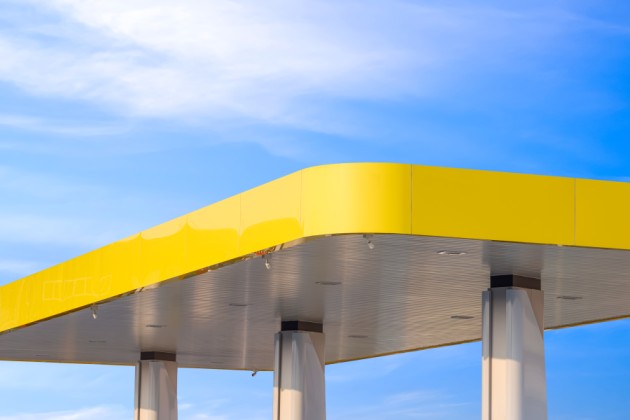
Canopy fabrication refers to the design and construction of a canopy, which is a covering or structure that provides shelter or protection, typically made from materials like fabric, metal, or glass. It can be used in various applications such as outdoor patios, entrances, vehicle covers, or even larger commercial structures. Fabricating a canopy involves several steps:
Steps in Canopy Fabrication:
- Design and Planning:
- Purpose: Determine the primary function of the canopy—whether it’s for aesthetics, protection from weather, or safety.
- Size and Shape: Measure the space and decide on the shape (e.g., flat, dome, or sloped).
- Materials: Choose the material based on the desired durability, aesthetic, and weather resistance (e.g., canvas, PVC fabric, steel, aluminum, or polycarbonate).
- Material Selection:
- Fabric Options: Outdoor fabrics like acrylic, polyester, or vinyl-coated fabrics for tensile canopies.
- Metal Structures: Aluminum, steel, or stainless steel for the frame, providing sturdiness.
- Other Options: Polycarbonate panels for clear canopies, fabric with UV-resistant coating for sun protection, or materials with fire-retardant properties.
- Fabrication:
- Cutting and Shaping: The materials are cut and shaped according to the design. For fabric canopies, this may involve sewing large panels into a shape or using welding techniques for metal structures.
- Frame Construction: For solid frame canopies, the frame is built, often using welding or bolting for metal frames.
- Surface Treatment: If necessary, the frame materials are treated (painted, galvanized, or powder-coated) for rust and weather protection.
- Assembly:
- Frame and Fabric Joining: The frame is assembled, and the fabric or covering material is attached using various methods, such as sewing, tensioning, or using fasteners.
- Tensioning: Some canopies, especially fabric ones, may require tensioning techniques to ensure the material remains taut and resistant to wind loads.
- Installation:
- Mounting: The completed canopy is mounted or anchored to its final location, such as over a door, patio, vehicle, or larger outdoor space.
- Testing: After installation, the structure should be tested for stability, tension, and overall functionality.
- Maintenance:
- Regular Checks: To ensure longevity, the canopy may require maintenance like cleaning, re-stretching fabric, or replacing worn parts.
Types of Canopies:
- Retractable Canopies: These can be retracted or extended based on the need, providing flexibility for weather conditions.
- Carports and Gazebos: Special canopies designed for vehicles or recreational use.
- Fixed Canopies: Installed permanently for consistent shelter.
- Tensile Fabric Canopies: Made from fabric materials stretched over a frame, often used for architectural purposes.
- Shade Structures: Canopies designed to provide shade and protection from the sun.
